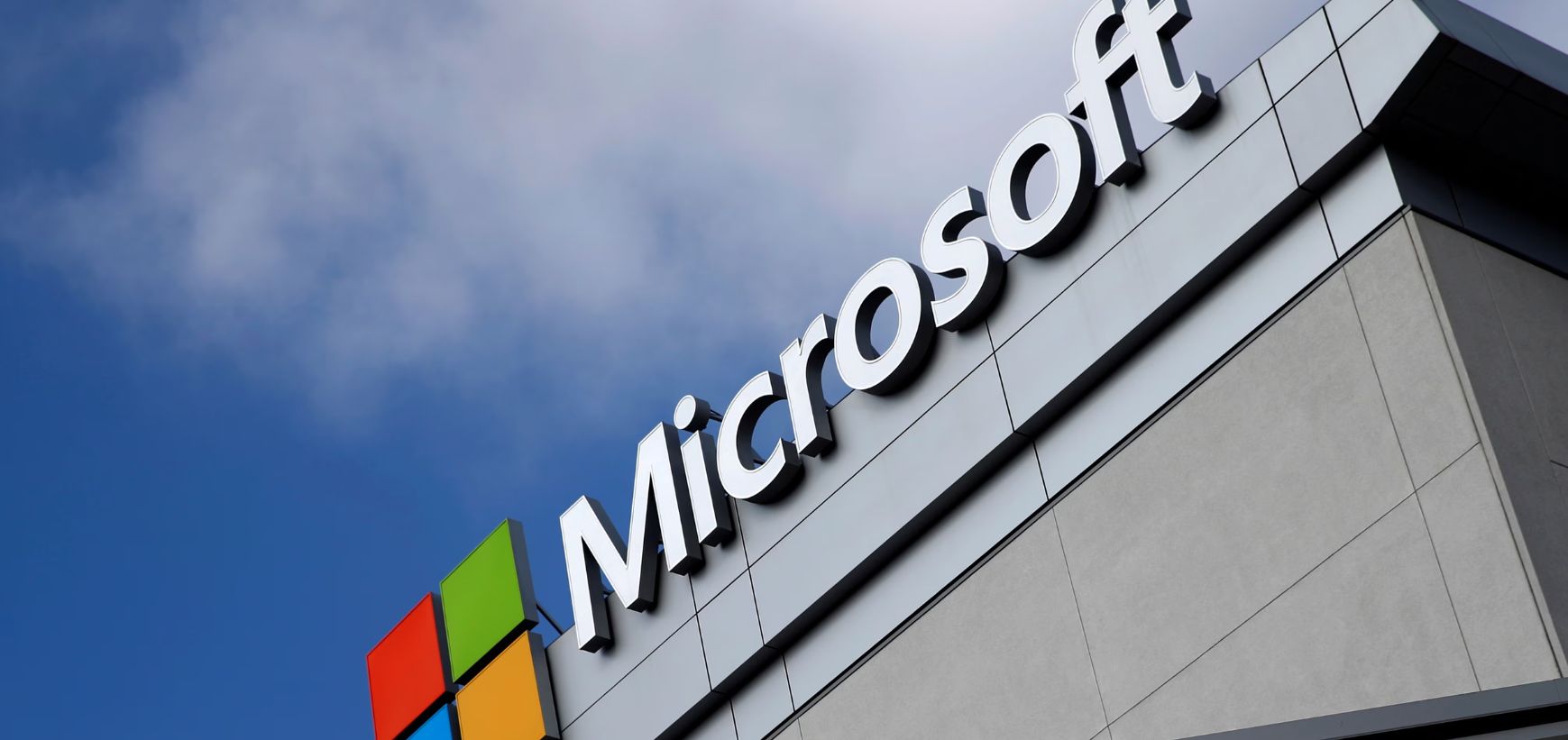Today, Microsoft stands as one of the most influential and valuable companies in the world, known for its wide range of products including Windows, Microsoft Office, Azure, and Xbox. But like many tech giants, Microsoft had humble beginnings. Microsoft’s journey from a small software startup to a global leader in technology is a story of vision, timing, innovation, and persistence.
The Founders of Microsoft: Bill Gates and Paul Allen
The story begins with two young computer enthusiasts: Bill Gates and Paul Allen. Growing up in Seattle, both shared a deep interest in programming. In the early 1970s, as personal computers were still in their infancy, Gates and Allen spent countless hours working on early computing projects, developing software, and reading about emerging technologies.
Their big break came when they saw a cover story in the January 1975 issue of Popular Electronics featuring the Altair 8800, one of the first microcomputers available to the public.
The First Opportunity: Altair BASIC
Gates and Allen recognized that the Altair, while revolutionary, lacked a programming language that made it usable for consumers. In response, they developed a version of the BASIC programming language for the Altair. They wrote the code on a Harvard University computer and contacted Micro Instrumentation and Telemetry Systems (MITS), the company behind the Altair.
Their BASIC interpreter impressed MITS, which agreed to distribute it. This success prompted Gates to leave Harvard and Allen to move to Albuquerque, New Mexico, where MITS was based. In April 1975, the two officially founded Microsoft.
The Name: Why “Microsoft”?
The name “Microsoft” is a combination of “microcomputer” and “software,”. Initially stylized as “Micro-Soft,” the hyphen was later dropped as the brand evolved.
The Move to Seattle and Rapid Growth of Microsoft
In 1979, they relocated its headquarters to Bellevue, Washington, near their hometown of Seattle. By this time, the company had grown steadily, offering programming languages for various microcomputers. However, the real turning point came in 1980.
IBM approached Microsoft to provide an operating system for its upcoming personal computer. Microsoft didn’t have an operating system at the time. It acquired one called QDOS (Quick and Dirty Operating System) from Seattle Computer Products, modified it, and renamed it MS-DOS (Microsoft Disk Operating System). MS-DOS became the operating system for the IBM PC, released in 1981.
The Rise of Windows
While MS-DOS was a commercial success, it was a command-line interface, and Microsoft saw the need for a more user-friendly graphical interface. In 1985, Microsoft released the first version of Windows. It was not an immediate success, but it laid the foundation for future versions.
The real breakthrough came in 1995 with the release of Windows 95. It was a massive commercial hit and introduced many users to features we still use today.
Beyond Operating Systems: Diversification and Innovation
Throughout the 1990s and early 2000s, Microsoft expanded rapidly beyond operating systems:
- Microsoft Office became the standard productivity suite worldwide.
- Internet Explorer entered the browser wars of the early internet era.
- Xbox, launched in 2001, marked Microsoft’s successful entry into the gaming industry.
- Azure, launched in 2010, positioned Microsoft as a leader in cloud computing.
Under the leadership of various CEOs first Bill Gates, then Steve Ballmer, and currently Satya Nadella, Microsoft adapted to changes in the tech landscape and reinvented itself multiple times.
A Legacy That Continues to Grow
Microsoft’s story is one of foresight and adaptability. The company has continuously evolved while maintaining its core mission: to empower every person and every organization on the planet to achieve more.
Today, Microsoft serves billions of users across the globe and plays a critical role in shaping the future of technology. From artificial intelligence and cloud computing to enterprise solutions and personal productivity.
Conclusion
The story of how Microsoft started is a testament to how powerful ideas, combined with strategic thinking and execution, can change the world. What began with a simple programming language for an early computer became one of the most impactful and enduring tech companies of all time.
The journey is far from over, but its origins continue to inspire entrepreneurs, innovators, and dreamers everywhere.






0 Comments